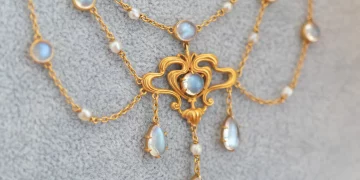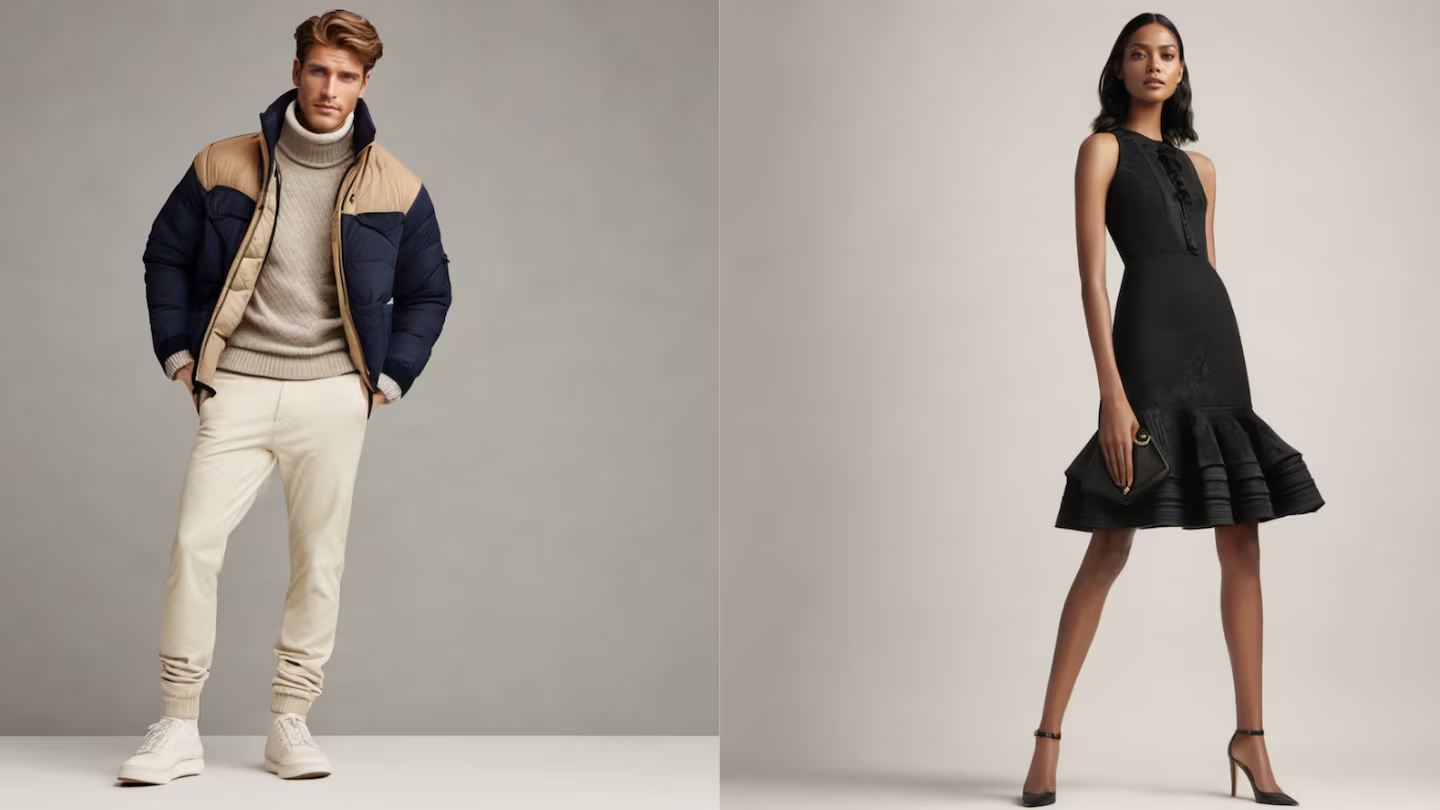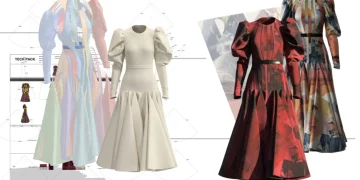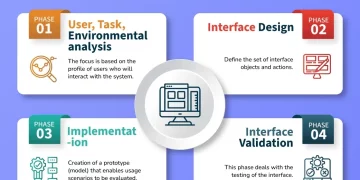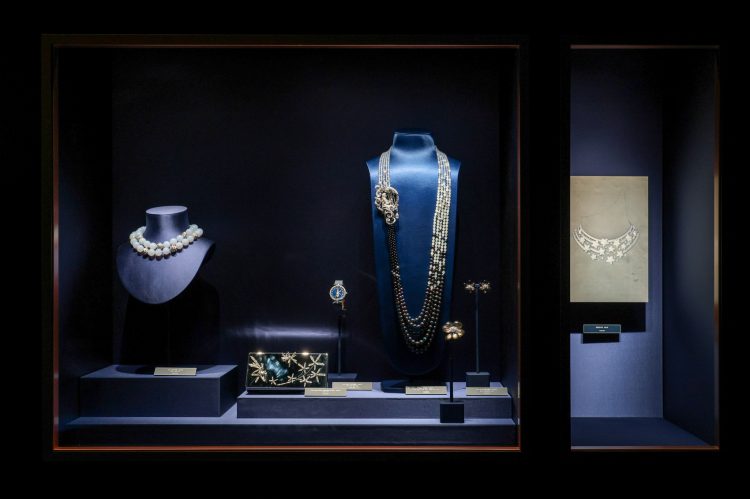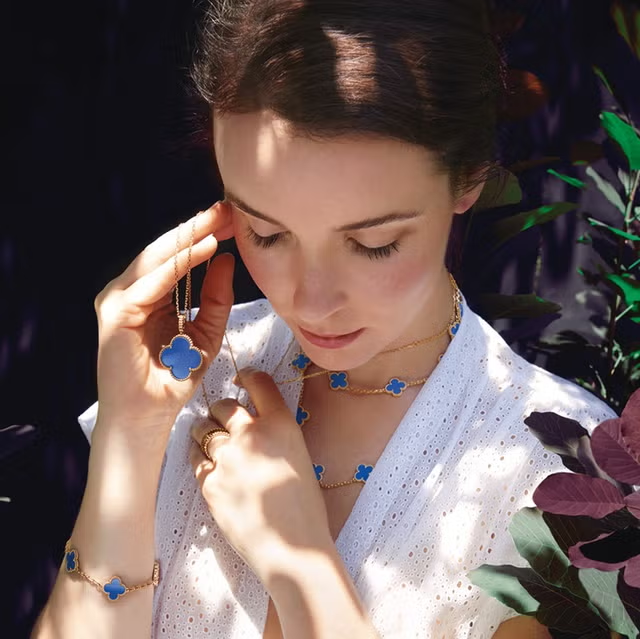Abstract
Jewelry exhibitions have long been significant events in the luxury industry, offering designers, brands, and artisans a platform to showcase their collections. However, in recent years, these exhibitions have evolved beyond just being displays of craftsmanship and design, and have become dynamic venues that generate new market opportunities and facilitate stronger connections between brands and consumers. Through strategic engagement with both B2B (business-to-business) and B2C (business-to-consumer) interactions, jewelry exhibitions now offer a wealth of potential for brands to increase visibility, expand their reach, and create lasting relationships with a global audience. This article explores how jewelry exhibitions provide new market opportunities for brands and enable them to forge stronger, more direct connections with their customers, resulting in brand growth, loyalty, and innovation.
1. Introduction
The global jewelry market is highly competitive, with thousands of brands vying for consumer attention across various segments, from luxury haute joaillerie to more affordable fashion jewelry. In this competitive landscape, jewelry exhibitions have evolved into powerful platforms that not only showcase the latest designs but also serve as key drivers for brand expansion and consumer engagement.
For decades, exhibitions like Baselworld, the Couture Jewelry Show, and the Salon International de la Haute Horlogerie (SIHH) have been the annual go-to events for industry insiders—designers, buyers, retailers, and press. However, in recent years, exhibitions have taken on a broader role, offering new market opportunities for brands and creating more personalized, interactive experiences for consumers. Through these events, brands can generate excitement around new collections, engage directly with target audiences, and even open up new channels for distribution and sales.
This article delves into how jewelry exhibitions can create new market opportunities and forge deeper connections between brands and consumers, examining key trends and strategies that are redefining these events in the modern jewelry landscape.
2. The Evolution of Jewelry Exhibitions
2.1 From Industry-Only Events to Consumer Engagement
In the past, jewelry exhibitions were primarily geared toward business-to-business (B2B) interactions, where industry professionals—such as wholesalers, designers, retailers, and journalists—came together to exchange ideas and showcase the latest collections. These events were closed to the public and were focused on strengthening relationships between brands and buyers, with little direct consumer involvement.
However, in response to shifting consumer trends and the growing importance of experiential marketing, many jewelry exhibitions have begun to incorporate more direct consumer engagement. Major events like the Couture Jewelry Show and the Hong Kong Jewellery & Gem Fair now attract a diverse audience, including high-net-worth individuals, influencers, and fashion-forward consumers looking for exclusive, luxury experiences. The presence of the consumer at these events allows brands to test market reactions, gather valuable insights, and build emotional connections with their audience.
This shift toward consumer participation represents a significant opportunity for jewelry brands to connect with potential buyers on a more personal level, strengthening brand loyalty and encouraging direct sales. By offering an immersive and personalized experience, brands can create lasting impressions that translate into long-term consumer relationships.
2.2 Digitalization and Hybrid Exhibitions
The advent of digital technologies and the rise of virtual exhibitions have further expanded the reach of traditional jewelry shows. While physical exhibitions remain central to the industry, digital platforms and hybrid events (which combine both physical and virtual elements) have provided brands with the ability to reach global audiences that may not have otherwise attended in person.
- Virtual Try-Ons and Augmented Reality: Some jewelry exhibitions now feature virtual try-on technology, allowing attendees to experience jewelry in a virtual environment before making a purchase decision. This creates a more engaging and interactive experience for consumers, even when they are not physically present at the event.
- Global Reach: Virtual exhibitions enable brands to reach a broader audience, including international customers, influencers, and industry professionals. This global reach opens new market opportunities, allowing brands to connect with consumers in markets where they might not have had a physical presence before.
- Real-Time Interaction: Virtual platforms also enable real-time interaction between brands and consumers. Social media integrations, live-streaming, and chat functions allow brands to answer questions, offer personalized recommendations, and engage in direct dialogue with potential buyers, creating a more intimate connection even in a virtual space.
3. Jewelry Exhibitions as New Market Opportunities
3.1 Expanding Brand Visibility
Jewelry exhibitions offer unparalleled opportunities for brands to gain visibility within both established and emerging markets. By participating in globally recognized events, brands can position themselves as industry leaders and reach a broad, diverse audience.
- Cross-Industry Exposure: Jewelry exhibitions often attract individuals from various sectors, including fashion, art, and design. This cross-industry exposure allows jewelry brands to tap into new customer bases who may have a strong affinity for design, craftsmanship, or luxury, but who may not have previously considered jewelry as part of their consumer portfolio.
- Spotting Market Trends: Exhibitions serve as a snapshot of the latest trends in the industry, enabling brands to observe competitor offerings and consumer preferences. By attending and participating in exhibitions, brands can position themselves to meet market demands more effectively, ensuring their collections resonate with current trends and consumer desires.
3.2 Testing New Products and Designs
For many jewelry brands, exhibitions are an ideal environment to debut new collections or innovative designs. These events provide valuable feedback from both industry professionals and consumers, allowing brands to gauge reactions to their newest pieces.
- Product Validation: Feedback received at exhibitions helps brands understand how their creations are perceived, which designs are most popular, and whether they need to make adjustments before launching the products to a broader market. Exhibitions also allow brands to assess how their designs compare to those of their competitors in terms of creativity, quality, and consumer interest.
- Exclusive Releases: By offering exclusive product launches or limited-edition pieces at exhibitions, brands can generate excitement and create a sense of exclusivity around their offerings. This strategy not only enhances the brand’s image but also creates a sense of urgency among consumers, driving demand and stimulating sales.
3.3 Direct-to-Consumer Sales Channels
One of the most significant advantages of participating in jewelry exhibitions is the ability to sell directly to consumers. While traditional jewelry brands often rely on third-party retailers or boutiques for sales, exhibitions allow brands to interact with buyers directly, creating an opportunity for direct sales.
- Bespoke and Custom Services: Many luxury jewelry brands offer bespoke design services at exhibitions, where customers can work directly with designers to create one-of-a-kind pieces. This personalized service can deepen the consumer connection to the brand and drive sales, as it offers a unique, customized experience that is not available through traditional retail channels.
- Strengthening Brand Loyalty: By engaging with consumers directly and offering exclusive products and experiences, jewelry brands can build stronger relationships with their clientele. Personalized interactions, product customization, and attention to consumer preferences foster a sense of loyalty, leading to repeat purchases and long-term brand advocates.
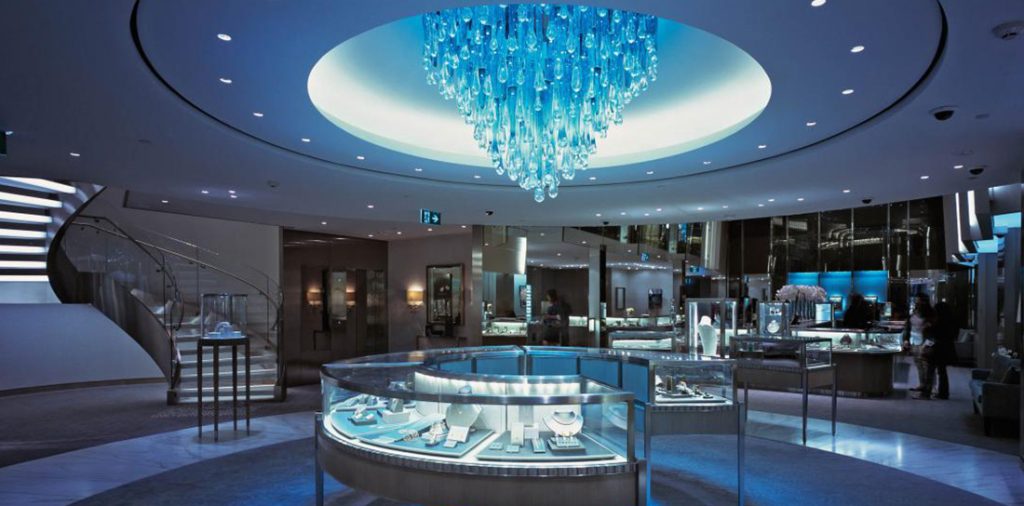
4. Jewelry Exhibitions and Consumer Connections
4.1 Building Emotional Connections
Jewelry is often purchased for its emotional significance—whether it is a piece meant to commemorate a milestone, an engagement ring, or a cherished gift. Jewelry exhibitions provide an opportunity for brands to connect with consumers on a deeper emotional level by highlighting the personal stories behind their designs.
- Storytelling and Brand Identity: Brands that engage in storytelling at exhibitions, explaining the inspiration behind their collections or the craftsmanship involved in creating each piece, can form an emotional connection with consumers. This connection fosters brand loyalty, as consumers are more likely to resonate with brands that align with their personal values or tell a story that evokes an emotional response.
- Exclusive Experiences: Offering VIP experiences, private showings, and special events at exhibitions helps create memorable experiences for consumers. When consumers feel they are part of an exclusive group, it increases their emotional attachment to the brand and makes them more likely to purchase again in the future.
4.2 Influencer and Celebrity Engagement
The role of influencers and celebrities in the jewelry industry has become more pronounced in recent years. Jewelry exhibitions are prime venues for brands to collaborate with influencers or celebrities to increase visibility and credibility. These high-profile figures can attract attention to the brand, elevate its status, and create connections with potential customers.
- Social Media Integration: Exhibitions provide brands with the opportunity to leverage social media platforms to amplify their message. Influencers attending these events often share their experiences online, creating buzz and generating interest among their followers. Social media-driven marketing at exhibitions can significantly extend the reach of a brand beyond the event itself.
5. Conclusion
Jewelry exhibitions have evolved into far more than just showcases for luxury products; they have become essential platforms for creating new market opportunities and forging meaningful connections between brands and consumers. By offering direct consumer engagement, enabling the testing of new designs, expanding brand visibility, and leveraging modern technologies, exhibitions provide jewelry brands with the tools they need to thrive in an increasingly competitive market.
For brands, jewelry exhibitions represent a unique opportunity to break into new markets, build stronger relationships with customers, and align themselves with emerging trends in the industry. As these events continue to evolve, their ability to create lasting consumer connections and unlock new growth potential will only become more critical to the success of jewelry brands worldwide.





